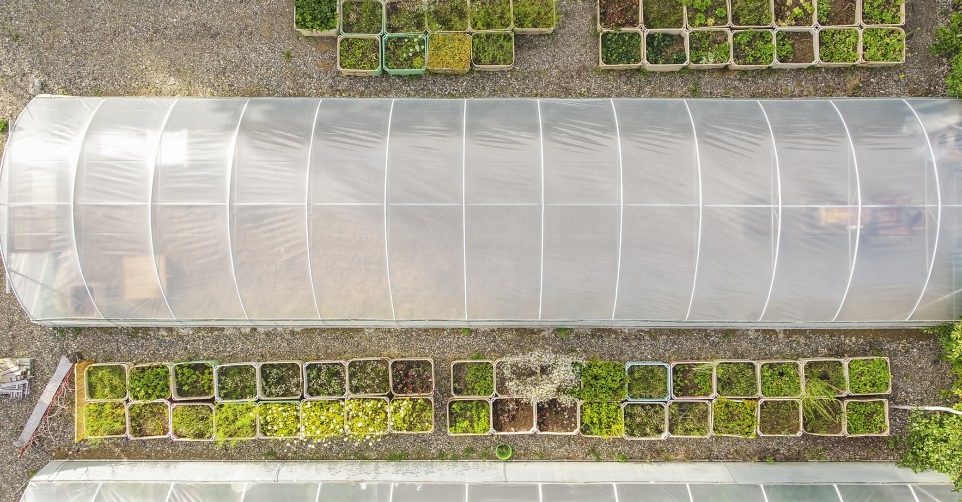Cannabis, like any other agricultural product, takes a lot of time and effort to get the crop just right. Warehouse style grow-ops may be de rigueur these days, but light-deprived greenhouses are gaining ground.
Most plants are deeply reliant on the patterns of the sun in order to know when to flower. Cannabis is no different. When days are longer, and the plants get more sun exposure, cannabis plants will grow. But, when days start to shorten cannabis plants prepare to flower—which is of course the all-important time of year for the cannabis farmer.
By manipulating the amount of sunlight cannabis plants receive, they can be triggered into flowering multiple times a year, providing a significantly higher yield and continuous harvesting season. One way to do this is through the use of light deprivation techniques. Typically, light deprivation is used in a greenhouse setting. Throughout the day the plants are exposed to natural sunlight via the translucent walls of the greenhouse. Once you want the plants to stop receiving light you must block the light in some way. Blackout curtains are often used for this. By progressively shortening the time the cannabis plants are exposed to daylight you can force the plants into flowering.
Using a light deprivation system such as this can have serious benefits over the kinds frequently used in a warehouse setting. Primarily this comes in the form of energy cost savings. Light deprivation doesn’t require the use of energy-sucking UV lights. Cannabis production currently uses massive amounts of electricity, and indoor operations are typically the worst offenders. You could think of light deprivation systems as a hybrid of indoor and outdoor cultivation benefits. Growers get the control of a warehouse setting with the energy savings of an outdoor field.

